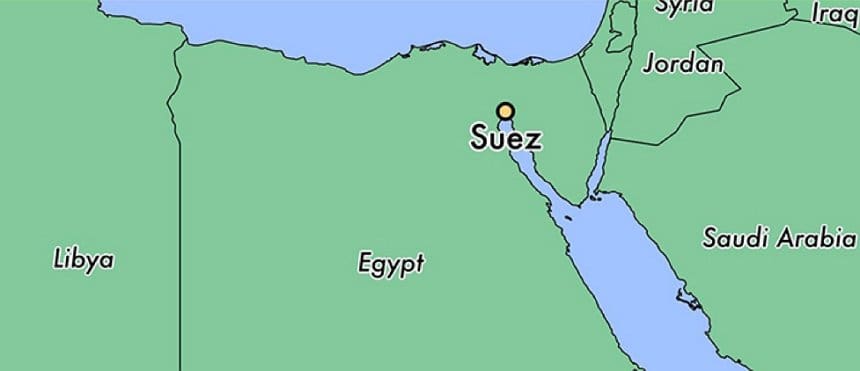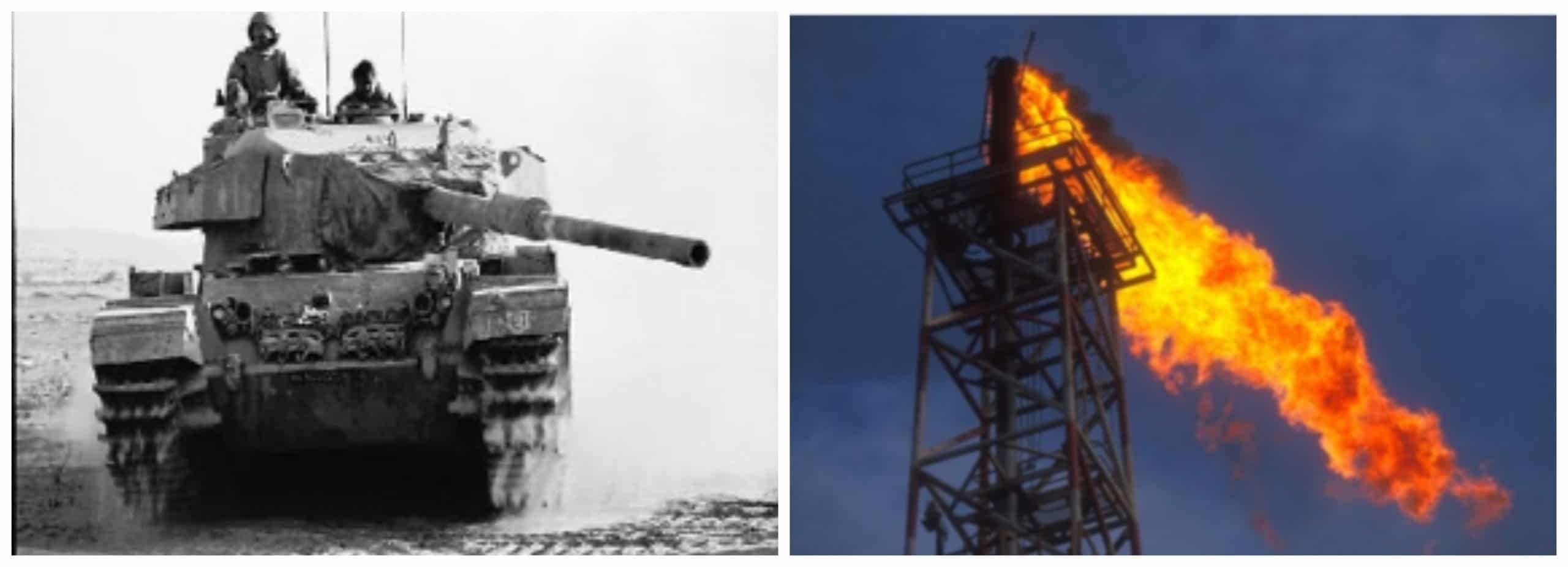Aerodynamic F1 development
From the origin to the necessity of F1 development in aerodynamics
Historical background of aerodynamic F1 development.
Even political and military events can sometimes affect aspects that seem at first sight very distant. The war in the Middle East in the 70s, in fact, blocked the supply of oil to the West for a certain period and imposed new economic, technological and social choices both in the field of alternative energy and of containing consumption. In this sense, the application of aerodynamic and F1 development studies became one of the determining elements of improvement. For further readings about the Arab oil Embargo see this.
The Kippur war was fought between 6 and 24 October 1973 between Israel and a coalition made up of Egypt and Syria. Just these two Arab countries launched, on the day of Yom Kippur 5734, a joint surprise attack in Sinai and in the Golan Heights, territories belonging to Israel. Great Britain and France sided with the UN Security Council and therefore with the Arab nations and against Israel, while West Germany became one of the most generous Egyptian suppliers of material (for war and not). The great powers also played a non-marginal role in the outcome of the war: while the United States and other allied nations supplied Israel with the latest weapons both offensively and defensively, the Soviet Union initially granted only arms to Egypt inspired by defense.
F1 and history: United Nation ceasefire.
After difficult negotiations between the United States and the Soviet Union, the United Nations imposed a “ceasefire” between Israel and the coalition of Egypt and Syria. The Camp David Accords (Maryland-USA) thus immediately led to the normalization of relations between Israel and Egypt, the first Arab nation to recognize the existence of the state of Israel. Egypt then declared its will to free itself from the influence of the USSR, thus bringing about a concrete rapprochement with the United States. Some “openings” and economic liberalization were also favored: the Suez Canal was in fact annexed to the Egyptian territory against all Israeli wishes, and its control represented a substantial source of currency revenue for an overpopulated and economically underdeveloped country.
The Arab world, however, did not welcome the American intervention or of course the Israeli aggression and for six months – through the OPEC (Organization of the Petroleum Exporting Countries) – implemented an oil embargo that caused significant problems of character productive-economic and social to the western industrialized countries.
Historical background of aerodynamics: the Oil challenge.
Oil became the major player in 1973. OPEC suddenly decided to stop the usual supply flow: the major oil-producing countries, believing that they did not obtain satisfactory margins, took control of the production of crude oil and, what more important, of price management for exports from their countries.
And so, oil prices began to rise to quadruple. Moreover, the rise in prices was carried out by the Arab countries with the condescension of the US government itself, as well as the great American oil interests, very interested in making certain energy resources controlled by him economically competitive, such as Alaska oil, the indigenous coal and nuclear power.
OPEC nations took great advantage of it and decided to use the sudden and massive influx of money due to price increases in various ways: in some cases invested to develop the national industry (for example in Iraq) in others to run to ambitious armament projects (Libya and Iraq) or agricultural programs aimed at transforming the desert into intensely arable land (Libya). Part of the total income was also invested in some western industries, for example Iran bought 5% of the shares of Krupp, the historic steel industry, and Libya entered some Italian companies including Fiat.
F1 development and aerodynamics.
The United States, having – as we said – significant oil resources available on its territory, and inaugurating new extraction plants in Alaska and along the entire coast of Louisiana, managed to contain the rise in the price of crude oil.
In Europe, after the first dramatic alarm, with citizens suddenly unable to drive their cars and spectators of long queues at the refueling pumps, they reacted in different ways. Some western governments took some first steps to reduce both oil consumption and OPEC oil dependence. On the one hand, attention shifted to nuclear energy and on the other – where possible – new oil stations were built, such as in the North Sea, with great benefits for the economies of Scotland and Norway.
A booster for alternative solutions: aerodynamic F1 development.
In the meantime, with the aim of containing energy consumption, it happened that, on many Sundays of 1973 and beginning of 1974, the use of cars was prohibited (Austerity). Thus investments were made for energy saving, with the construction of insulating houses, the installation of double-glazed windows or catalysts in the mufflers of cars.
Some governments increased taxation on gasoline sales considerably, with rates close to 75% on industrial cost.
However, the anti-waste measures had the expected success and the consumption of oil dropped considerably.
The oil crisis and the influx of large capital into the OPEC countries’ coffers marked the end of the rapid economic growth of the 1950s and 1960s for western countries. The economy continued to grow, but with significantly lower percentages than in the recent prosperous past, while full employment remained a distant issue and inflation was starting to rise slowly but surely.
The socialist countries of Central and Eastern Europe were equally affected by the crisis: in order to reduce the costs of oil supply, many governments blocked the process of modernizing industrial installations and infrastructure, so economies began to deteriorate at a rate. worrying, perhaps laying the foundations for the collapse of the following decade.
The 1973 oil embargo, therefore, brought out a new awareness of the reality and natural energies available to most people. We began to see oil no longer as the only source of energy, but one of many, probably not the most important. Thus, new commitments were born, such as the search for energy savings, the abandonment of oil as a limited and high-cost resource, the use of alternative sources, the effects on the environment.
F1 development: oil and derivatives.
Today around 90% of fuel needs are still covered by oil. The industrial and economic development of some huge emerging countries (China, India, Russia, Brazil) has significantly increased the demand for this source of energy. Consequently, the price of a barrel of oil has risen from 11 dollars in 1998 to about 90-100 dollars today – with peaks of even 150 dollars at times of speculation and exceptional world events.
In the field of engines that need oil derivatives, research aimed at saving consumption, improving and efficiency is also making great strides in the world of sport, and mainly in that of Formula 1, a sophisticated environment for technological development extreme for the application to the means of transport of today and tomorrow.





